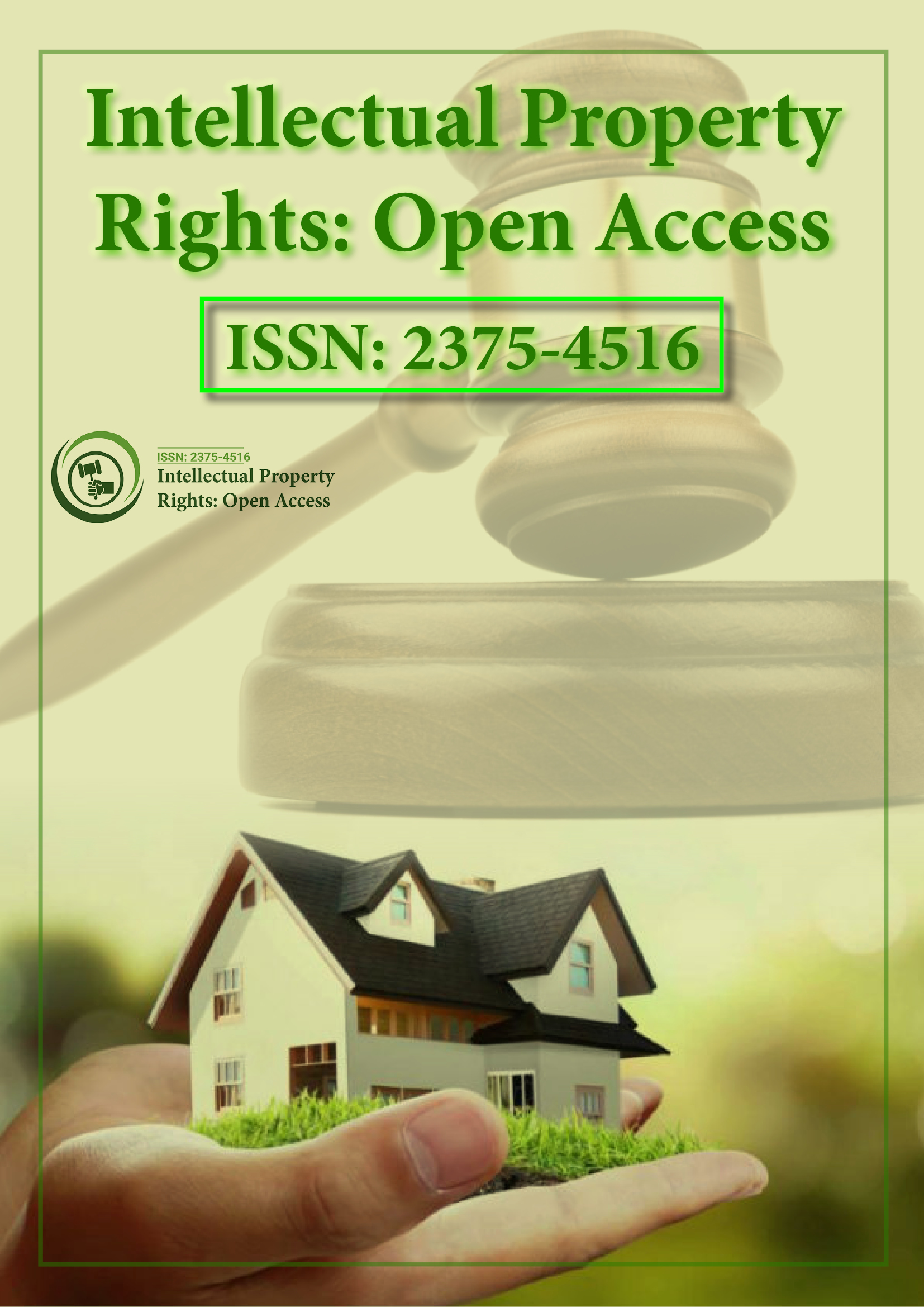Indexed In
- Open J Gate
- RefSeek
- Hamdard University
- EBSCO A-Z
- OCLC- WorldCat
- SWB online catalog
- Publons
Useful Links
Share This Page
Journal Flyer

Open Access Journals
- Agri and Aquaculture
- Biochemistry
- Bioinformatics & Systems Biology
- Business & Management
- Chemistry
- Clinical Sciences
- Engineering
- Food & Nutrition
- General Science
- Genetics & Molecular Biology
- Immunology & Microbiology
- Medical Sciences
- Neuroscience & Psychology
- Nursing & Health Care
- Pharmaceutical Sciences
Abstract
Source and Determinants of Water Pollution in Ethiopia: Distributed Lag Modeling Approach
Arega Shumetie Ademe and Molla Alemayehu
Ethiopia did not supply clean water for half of the total population up to the end of 2011.This study had tried to assess sources and determinants of organic water pollutant (BOD) emissions in Ethiopia by considering 22 years data from 1990-2011. The study employed both descriptive and inferential analysis in which the autoregressive distributed lag model was used to analyze the data. As of descriptive analysis, industrial wastes are the main actor in polluting the water, in which textile and food industries are the first and second pollutants respectively. The pollution level from the second source shows increment in recent times. The regression result revealed that gross capital formation, expansion of the manufacturing sector, inflation and huge dependent population are variables that would aggravate the water pollution level of the country whereas agriculture value addition and foreign direct investment have contributed more in reducing the pollution level.

